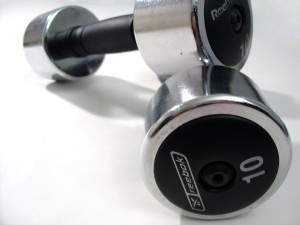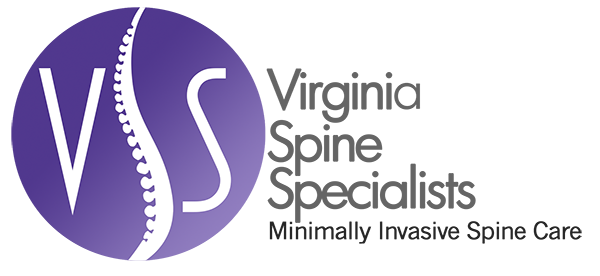How to Avoid CrossFit Back Injuries

There has been a fitness movement sweeping across the nation, rapidly gaining in popularity over the past few years, known as CrossFit. CrossFit is a high-intensity fitness regimen that is meant to develop functional fitness for its participants. This fitness regimen has garnered its fair share of supporters and adversaries primarily because of the amount of injuries associated with it. This post is not meant to argue for one side or other, but rather it is intended to provide tips to help you avoid common neck and back injuries incurred through CrossFit and various other workout regimens.
One of the most common complaints people have after working out is soreness in their lower back, which, when uncorrected, can often lead to injury. CrossFit has many movements such as deadlifts that place a lot of pressure on the back and spine, which when performed incorrectly can lead to injury. One major factor for mid to lower back injury is a weak core. Your core helps stabilize all other muscles in your body and being directly anterior to your back, it is critical that this area is strong enough to support your body through all ranges of movement, in addition to supporting the addition of weight. So before starting a weight-training regimen where you’re trying to work your way up to the heaviest weights as quick as possible, take some and focus on strengthening your core first.
Once you have spent time focusing on strengthening your core, begin focusing on your form. CrossFit is full of Olympic style lifts that require great form in order to accomplish and properly benefit from. Too often people forego perfecting a movements’ form in order to increase the weight they’re lifting. By adding additional weight to an improper lift only places undue stress on areas not intended to handle those types of loads.
Another area frequently overlooked when it comes to strength training is the neck. This is unfortunate since the neck is prominent in many lifts, especially those associated with CrossFit. If the neck is weak, it is vulnerable to strains and other injuries, which can make most any lift unapproachable. Just like your core, spend some time focusing on your neck to make sure it is not lagging behind in your workouts. Simply adding neck exercises to your routine (such as these) will go a long way in helping prevent injury to your neck and spine.
Key Takeways:
- Focus on strengthening your core before focusing on strengthening other muscle groups.
- Add neck exercises to your routine.
- Perfect your form.
- Do not lift with your ego.
No matter what your workout or fitness preferences are, following these simple tips will help keep your back and spine in fighting shape.
Mudit Sharma, MD, FAANS
Founder, Virginia Spine Specialists

Categories
Archives
Contact Dr. Mudit Sharma
Phone: (571) 921-4877
Toll Free: (855) 774-6334
Monday – Thursday: 8am – 4pm
Friday: 8am – 2pm
Fredericksburg
4604 Spotsylvania Parkway, Suite 300 Fredericksburg, VA 22408
Manassas
8650 Sudley Road, Suite 315
Manassas, VA 20110-4418
